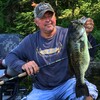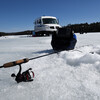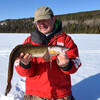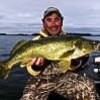
The Great White(fish) North Part 2

In last week's blog, I talked about the untold number of burgeoning whitefish fisheries across Northern Ontario that virtually no one knows about.
And I interviewed Lake Simcoe whitefish guru, Justin Girard, for his take on the best tactics to catch the amazingly sporty and tasty species. Girard filled us in on the best structures in a lake to focus your ice fishing efforts, and he started to tell us about his rods, reels, and lure presentations.
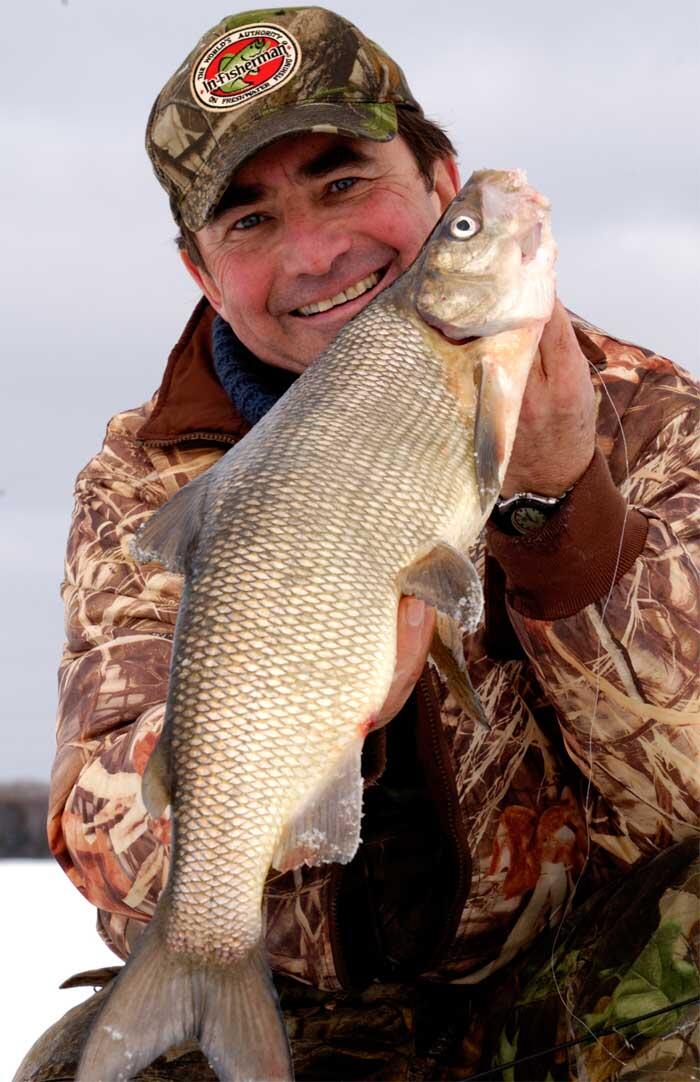
So, let's jump right back in and continue the discussion.
"Last week, I mentioned that I rely on a Meegs Jig probably 95 percent of the time to catch whitefish in the winter," says Girard. "But to fish it effectively, you need the proper rod, reel and line. The combination I use is a 30-inch, medium-heavy action, Fenwick Aetos ice rod. The heavier rod lets you control the Meegs properly, maintain contact with the bottom, and ensure your presentation is on point.”
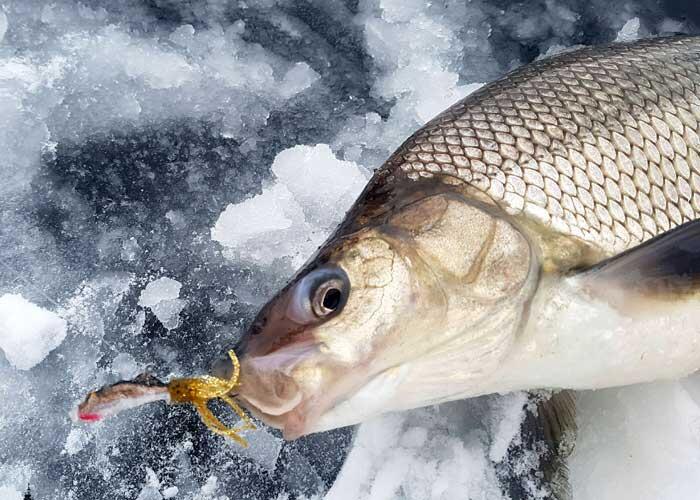
Ontario ice fishing specialist Justin Girard says he relies on a Meegs Jig to catch 95 percent of his whitefish.
"To tell the truth, I just started using the heavier rod a couple of years ago, because my father-in-law, who still fishes with an old-fashioned wooden stick, was out-fishing me every time we went out. I realized it was because he was controlling his Meegs better than I was, using a medium-light action rod at the time."
According to Girard, you never want your jig to be floppy. Instead, you want a direct connection, so you can fully control its every nod, motion, and subtle movement. It is worth noting, too, that the Simcoe Stick, as I like to call Girard, spools his reels with yellow-coloured, 10-pound test Power Pro braided line, adding an 8-pound test fluorocarbon leader to the end, fashioned from Seaguar Abrazx. When he finds the whitefish fussy, or line shy, as sometimes happens later in the season, he downsizes his leader to a 6-pound test.
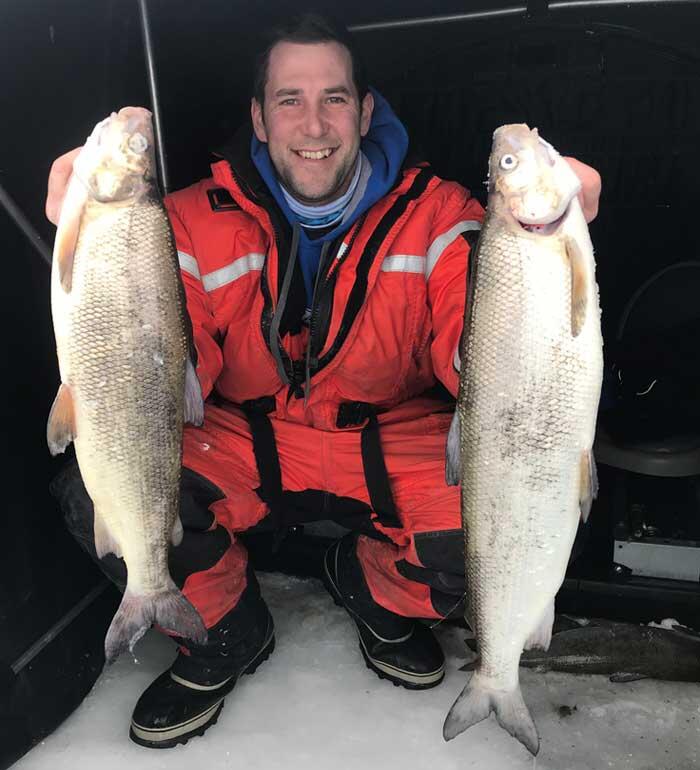
According to Justin Girard, you always want a direct connection to your jig, so you can control its every motion.
And now for the juicy part—how Girard presents his Meegs Jig.
"I open the bail and follow it down on my sonar unit," says Girard. "As soon as it hits bottom, I reel it up quickly, 10 to 15 feet, and then let it fall back down on slackline. I will do this, three or four times in rapid succession and then rest it on the bottom for at least a minute.”
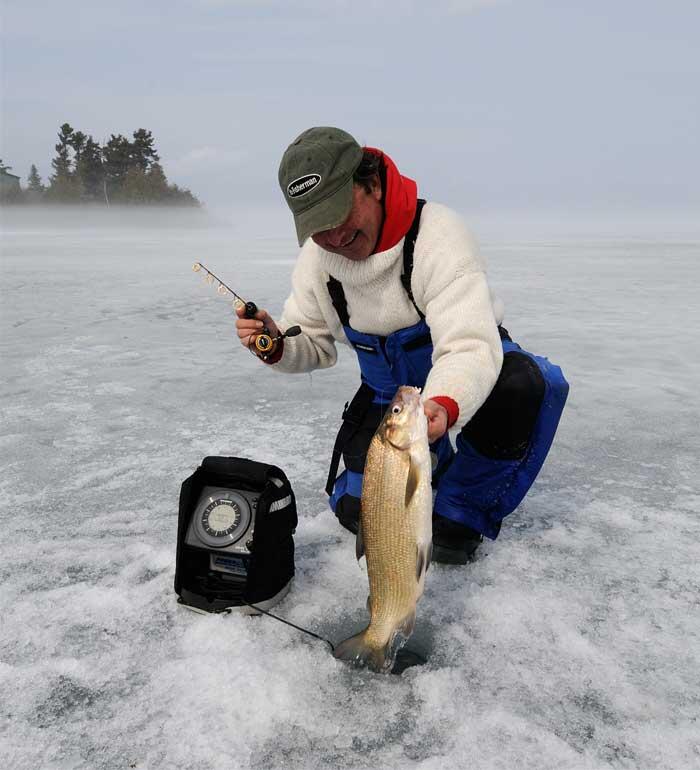
"If I don't see any activity on the sonar screen, I will bounce the Meegs on the bottom a few times to create a cloud of dust and reel it up and down a few times for visual stimulation. Then, I will wait even longer before I do it a second time. The reason I do this at the beginning is to let any whitefish that might be in the vicinity know there is something worth grabbing. It catches their attention."
If Girard suddenly starts marking whitefish on his sonar screen, he leaves the unique, nose-heavy Meegs Jig still, holding it so that the head of the lure is touching the bottom and the tail is sticking up.
"I will gently tap the bottom," Girard says, "but I'm only talking about a lift of a quarter-of-an-inch. I just want to barely lift the nose out of the sand or mud. My secret cadence is three gentle taps, then pause and watch the fish's reaction on the sonar screen. If it sticks around during the initial taps, I know it is most likely feeding, and I am going to get hit pretty soon." Girard keeps tapping the bottom three times and pausing every 20 to 30 seconds. And he says that moving the lure less is far better than too often. Don't be aggressive, he cautions, let the Meegs do its job.
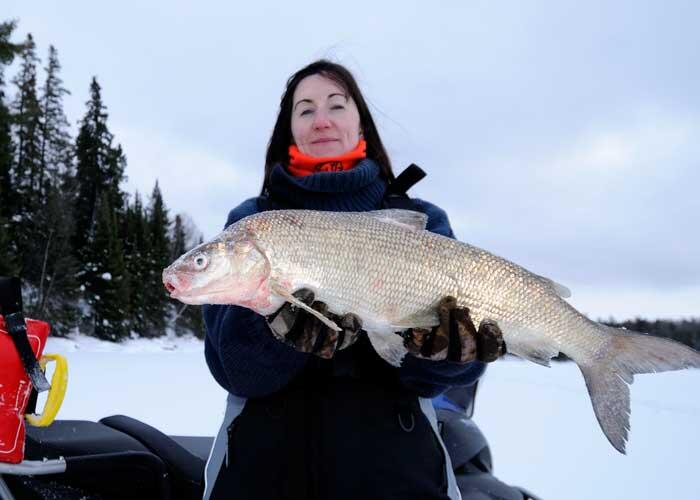
Always watch your line when you're ice fishing for whitefish, and if you see it go slack, set the hook immediately.
"And watch your line," Girard says. "Often it will go slack when a whitefish sucks up your jig. You have to be quick to set the hook before it spits it out. Of course, other times, whitefish hit the Meegs so hard they almost rip the rod out of your hands."
Because he can never be sure how a whitefish will react, Girard always places his sonar screen in line with his rod tip and lure. That way he never misses a bite. And then with a smile, he chuckles, "And don't ever touch my setup when you come into my hut."
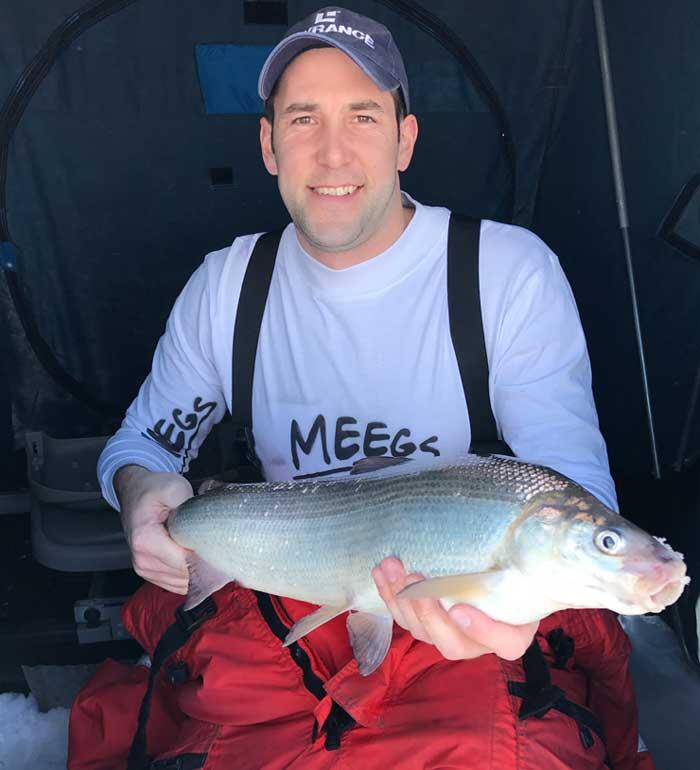
According to Justin Girard, you always want a direct connection to your jig, so you can control its every motion.
And how important is the colour of Girard's jig?
"I always go with a darker colour," he says. "Ninety percent of the time, it’s the copper or Fatal Force colour that produces most of my fish. All colours work, but like most anglers, I have my favourites. The ones I have 100 percent confidence in using. We all know that confidence is key when fishing. If you feel secure with your presentation, you're going to catch fish.
And one of the things Girard has confidence in doing is tipping his Meegs with a small micro tube jig. He does it 80 percent of the time.
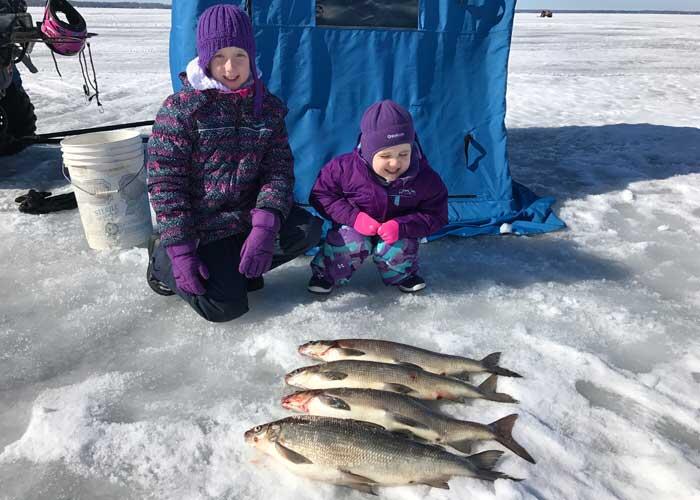
Catching whitefish comes about as naturally to Justin Girard's daughters as it does to him.
"When whitefish are feeding aggressively," he says, "you don't need to tip it, but it never hurts to have it on. The other reason I love adding a tube is that I can add some Liquid Mahem scent. At times, it will cause a whitey to hold the lure in its mouth for an extra second or two. If I catch five whitefish in the morning, I can guarantee you that I have at least another 15 to 20 bites. It is just part of the game, and it is why tweaking your bait gives you those extra fish!"
Recommended Articles

Why Anglers Are Falling for Golden Lake in Ontario’s Ottawa Valley
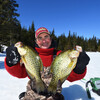
Ideal Christmas Gifts For The Northern Ontario Ice Angler
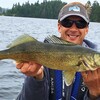
Fishing Esnagi Lake
Awesome Algonquin

Predicting Lake Thickness
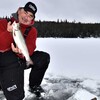
Beaded Lures
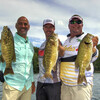
Top 5 Baits for Smallmouth and Largemouth Bass
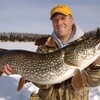
Eating Northern Pike
Ontario Brook Trout

’Tis The Season
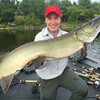
Hidden Musky Gems
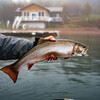
Casting for Coasters
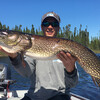
Ontario’s Monster Northern Pike Fishing Adventures
Don’t Be Afraid Of Muskies

The Perfect Shore Lunch
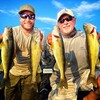
Walleye Sunsets
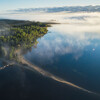
Fly-in Fishing
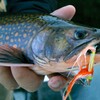
Wild Brook Trout
